|
Radschool Association Magazine - Vol 26 Page 16 |
|
Privacy Policy | Editorial Policy | Join the Association | List of Members | Contact us | Index | Print this page |
|
Vietnam revisited.
Dit Eaton, (left) who was a sumpie with 35Sqn in Vung Tau from Feb 1969 to Feb 1970, saw our nostalgic trip through Vietnam in previous issues, and he reckons he’s got some stuff that will REALLY bring back memories, so he sent it to us.
If you want to hear it, and really want a trip down memory lane, turn your speakers up and go HERE.
Noel Hadfield says there is a 40 year reunion tour of Vietnam being arranged by Earth Sea Sky Tours. The Tour Group will make a donation to the MiVAC Trust (www.mivactrust.org) from this tour. To date there are 42 persons on the tour and it promises to offer something different. If you want further information you can get it HERE.
Ted McEvoy says that Normie Rowe has produced a wonderful little song called 'Missing in Action' (MIA). Ted says "it's worth watching and Normie is happy for us to spread it around, but not use it commercially. It's classic Normie Rowe. Individually we may be considered just pathetic old men but, as a united force we are still pretty awesome!"
Click HERE to see the clip You'll like this one Digger!!.
|
|
Eddy Morris, framie (left) and Kev (Obie) O’Brien, sumpie, at the Ettamogah Club in Vung Tau, early in 1970.
|
|
|
|
TYPEWRITER is the longest English word that can be made using the letters from only one row of the keyboard. |
|
|
|
A story told by a Marine Pilot.
Allan George sent us this, he saw it recently and although he reckons it’s probably an urbane legend – “ya just never know”!!!
It went something like this?
Air Defence Radar: "Unknown aircraft at (location), you are in Iranian airspace. Identify yourself!?"
Unknown Aircraft: "This is a United States aircraft and I am in IRAQI airspace."
Air Defence Radar: "You are in Iranian airspace. If you do not depart our airspace, we will launch interceptor aircraft!"
Unknown Aircraft: "This is a United States Marine FA-18 fighter jet. Send 'em up!"
Air Defence Radar: TOTAL SILENCE!! (There was no Response)
|
|
|
|
|
|
|
|
Radschool Inter-service Representatives, 1960.
L-R: Plt Off N. Hassen (Hockey), L/App W. Beard (Rugby), L/App M. Sims (Swimming), Flg Off R. Treffene (Rugby).
|
|
GREAT TRUTHS ABOUT LIFE, THAT LITTLE CHILDREN HAVE LEARNED:
|
|
|
|
Tindal.
RAAF Base Tindal was built
by the US Army’s Engineers early in 1942. Back then it was called Carson's
Field
Carson's Field was renamed Tindal after Wing Commander Archibald R. Tindal, who was the Commanding Officer of 24 Squadron. In February 1942, Wng Cdr Tindal was the Armament Staff Officer at Darwin HQ and when the Japanese raided Darwin, on 19 February 1942, he tried to fight them off by firing a Vickers machine gun from a slit trench however, he was killed by a burst of cannon fire from a Japanese aircraft. It is understood that he may have been the first RAAF servicemen to be killed in action on the Australian mainland during WW2. He is buried in the Adelaide War Graves Cemetery.
A street in Katherine has also been named after him.
Tindal
Airfield is still an operational RAAF base and is now known as RAAF Base
Tindal. Between 1963 and
The physical security it enjoys is due to its long distance from the coast, making it unlikely it will be swept away by a cyclone. Tindal officially opened on 1 October 1988 and is now the home of:
The Army's North-West Mobile Force (NORFORCE) also has a detachment on the base.
The RAAF are very much a part of the Katherine community with the personnel and their families making up almost 25% of Katherine's population of 10,000 people.
|
|
A long long time ago, when Garry O’Callaghan (right) and Sammy Sparrow were king of Sydney’s morning radio, they used to play a little song that started with “Today’s Monday”.
|
|
|
|
The International symbol of marriage is approved:
On the 31st December 2008, after 5 years of heated debate, the Commission for Human Rights approved the new Symbol. |
|
|
|
4WD or AWD – what’s the difference??
There are three basic drive-train systems available: full-time 4WD, part-time 4WD and all-wheel drive (AWD). The main difference is how and when torque is supplied to each wheel and it is very important to choose the correct system for your use.
Most vehicle manufacturers now produce an 'offroad' vehicle to take advantage of the public's obsession with four-wheel drive. But it's not just the traditional SUV and 4x4 vehicles that have contributed to the boom. More and more manufacturers have been offering all-wheel-drive drive-trains in a variety of vehicles from high-performance sports-cars to luxury sedans and family-oriented people-movers.
But why do manufacturers use different terms. Isn't four-wheel drive (4WD) and all-wheel drive (AWD) the same thing? Well, no, they are very different. Let's have a look at the different terms in use and what each of them should mean.
Although each manufacturer tends to use its own name for its chassis systems for branding reasons, we are generally able to separate 4WD/AWD drive-trains into three basic groups.
Full-time 4WD
operates as the name suggests. At all times torque is supplied to all four
wheels, all of the time. The driver usually has several options available
which affect the operation of the drive-train depending on the
In most of this type of vehicle there will be a 'diff lock' option. This locks up the centre differential and makes the front set of wheels rotate at the same speed as the rear set. This provides maximum traction when operating off road.
These vehicles could also have the option of 'low range'. This is effectively a low gear between the engine and the gearbox and is used in extreme off road conditions and on steep inclines. This changes the gearing of the drive-train to provide a torque multiplying effect, it’s a bit like an ‘overdrive’ but operating in reverse – an under-drive if you like.
Part-time 4WD
is the original 4WD system and the most basic. As with Full time 4WD there
are several options available to the driver. In normal conditions the
vehicle is driven in two-wheel drive, usually powering
Part time 4WD vehicles tend not to have centre differentials between the front and rear axles. This limits the use of 4WD to offroad use because use of this feature on bitumen surfaces (where tyres have good traction) can cause excess stress and damage to the drive-train (often called wind-up). Most vehicles of this type have the option of 'low range' for extreme off-road conditions.
All-Wheel
Drive
is in some ways similar to the full-time 4WD system in that it also sends
torque to all four wheels constantly. These systems never have the option
to operate in two-wheel drive, and unlike the 4WD systems, the
differential between the front and rear axles cannot be locked. The
differentials do, however, have ability to limit slippage between the
axles if a low traction situation is encountered. Usually this ability is
AWD systems also lack the 'low range' feature which is common in most 4WDs.
The AWD system is less effective and more fragile than the 4WD system in a situation where high torque is required. Indeed, the viscous coupling units simply cannot satisfy high torque demands when the vehicle is off road. AWD vehicles tend to be more 'car' like than off-roaders.
|
|
Nellis Air Show
If you want to see some fantastic photos of old and new aircraft, go HERE
|
|
I couldn't fix my brakes, so I made my horn louder.
|
|
Back Go to page: 1 2 3 4 5 6 7 8 9 10 11 12 13 14 15 16 17 18 19 Forward |
 The
Iranian Air Defence Radar (part of Iran's military) requires all aircraft
crossing Iranian territory to give them a 10 minute "heads up" that they
plan to enter Iranian air space.
The
Iranian Air Defence Radar (part of Iran's military) requires all aircraft
crossing Iranian territory to give them a 10 minute "heads up" that they
plan to enter Iranian air space. 
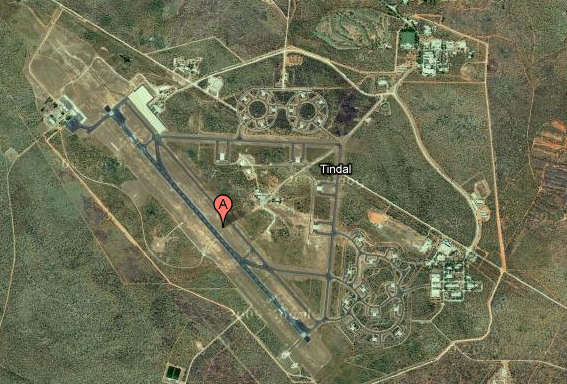 (after the 1850’s
(after the 1850’s 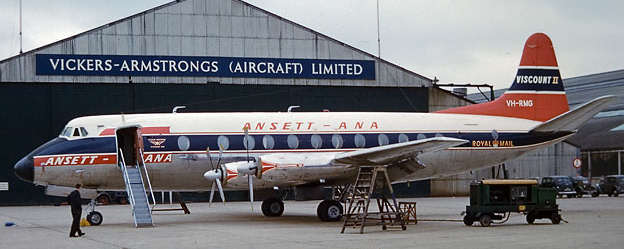 1970, No. 5 Airfield Construction Squadron rebuilt Tindal airfield as a
“Bare Base” and in 1968 it was opened as
1970, No. 5 Airfield Construction Squadron rebuilt Tindal airfield as a
“Bare Base” and in 1968 it was opened as


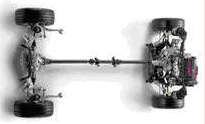
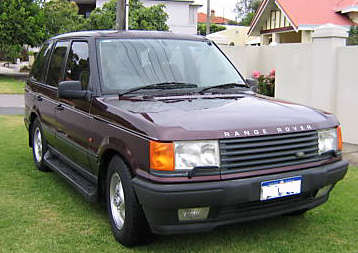
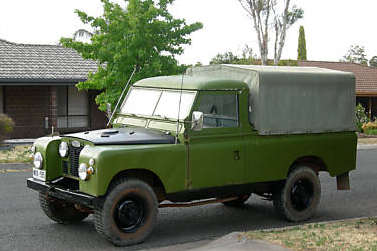
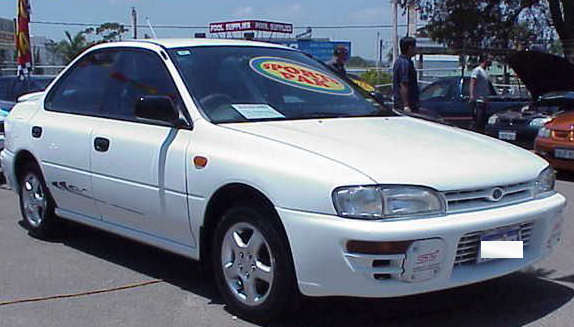 provided with a differential known as a viscous coupling although more
recently a similar outcome has been achieved by using
electronically-controlled hydraulic or electro-magnetic 'clutch' systems.
provided with a differential known as a viscous coupling although more
recently a similar outcome has been achieved by using
electronically-controlled hydraulic or electro-magnetic 'clutch' systems.